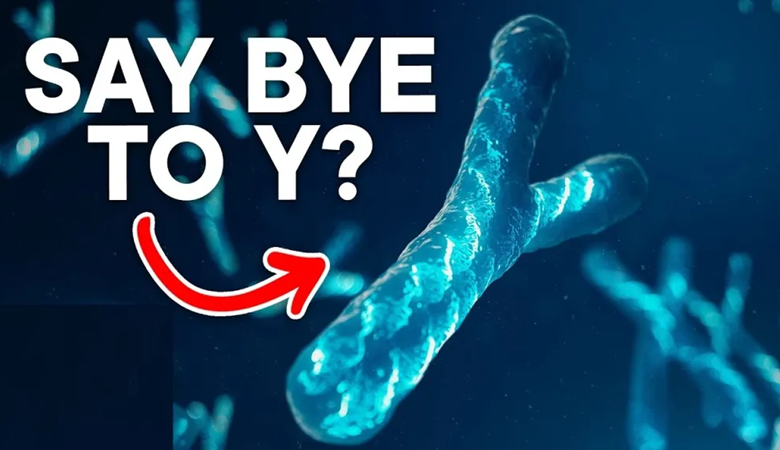The Disappearing Y Chromosome: What It Means for Human Survival

News Mania Desk/Agnibeena Ghosh/27th August 2024
The Y chromosome, a key player in male development, has been undergoing a slow but steady decline, causing concern among scientists about the future of the human male. This chromosome, responsible for triggering the male development pathway through the SRY gene, has lost a significant number of its original genes over the course of millions of years. While this might sound like a harbinger of doom for the male population, recent research offers a glimmer of hope that evolution may have a contingency plan.
In humans, males typically possess one X and one Y chromosome (XY), whereas females have two X chromosomes (XX). The Y chromosome is much smaller and contains far fewer genes than its X counterpart, yet the genes it carries are crucial for the development of male reproductive organs, such as the testes.
Over the last 300 million years, the Y chromosome has undergone a dramatic reduction in its genetic content. Originally boasting around 1,438 genes, it now has only 45 remaining. If this trend continues, scientists predict that the Y chromosome could vanish entirely within the next 10 to 11 million years. This potential disappearance has sparked concerns about the future of male reproduction and the survival of the human species.
Despite these alarming trends, a recent study published in the Proceedings of the National Academy of Science provides some reassurance. Researchers studying the spiny rat, a rodent species native to Japan, discovered that this species has managed to evolve a new male-determining gene after its Y chromosome disappeared. This finding suggests that the disappearance of the Y chromosome does not necessarily spell the end of males, as alternative sex-determining mechanisms can evolve.
In the case of the spiny rat, researchers found that most of the Y chromosome genes had migrated to other chromosomes. A critical discovery was a small DNA duplication near the SOX9 gene on chromosome 3, which is present in all male spiny rats but absent in females. This duplication appears to compensate for the loss of the SRY gene, thereby continuing to facilitate male development.
This discovery is not an isolated case. Another rodent species, the mole vole, has also lost its Y chromosome and survived by evolving a different mechanism for sex determination. These examples highlight the resilience of mammals in adapting to genetic changes that could otherwise pose significant threats to their survival.
While the potential loss of the human Y chromosome remains a concern, the findings from these rodent studies suggest that humans, too, might be able to evolve a new sex-determining gene if necessary. However, scientists caution that such evolutionary changes could lead to the development of multiple sex-determining systems in different human populations. This could, in turn, result in the emergence of new species over time, as different groups adapt to varying genetic pressures.
In conclusion, while the Y chromosome’s degeneration raises legitimate concerns about the future of male development, the adaptive responses observed in other species provide hope. The possibility of evolving new mechanisms for sex determination suggests that humanity could survive even if the Y chromosome were to disappear entirely. This ongoing research not only sheds light on the complexities of genetic evolution but also opens new avenues for understanding how species adapt and survive in the face of significant genetic changes.






